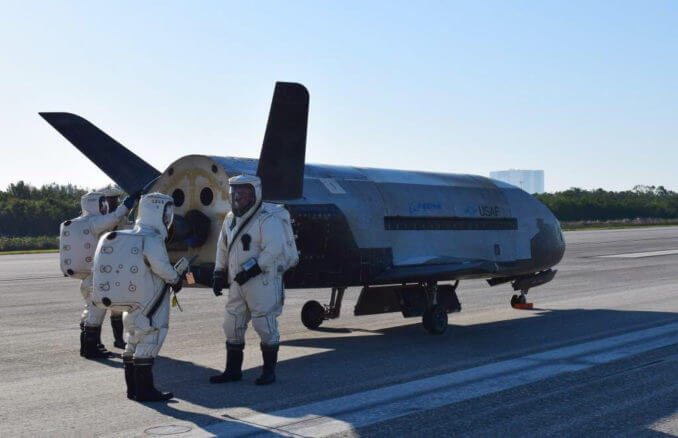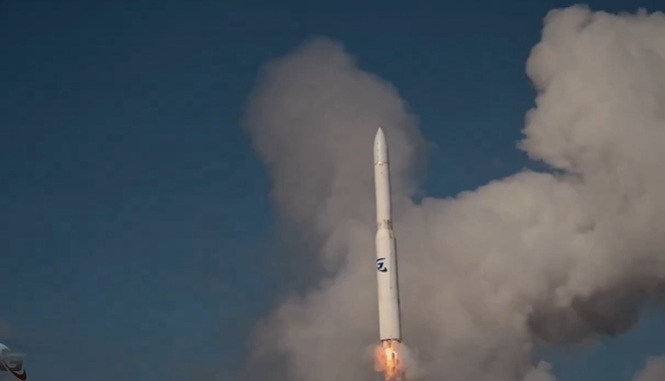The US Air Force’s unmanned X-37B mini-shuttle came back with an unexpected “bang” on the 718th day of its OTV-4 mission, when it broke the sound barrier on its way into the Kennedy Space Centre’s Shuttle Landing Facility landing strip. It landed after an automated re-entry sequence and approach on 7 May at 1147 GMT. While one of the US Air Force’s two X-37B hulls, it remains a mystery which one it is specifically after the US Air Force ceased releasing these details.
There is also a mystery about exactly what X-37B did in its low Earth orbit. Part of this mission is known to the wider-world; it tested Aerojet Rocketdyne’s next-generation, 5 kW Hall-thruster, the XR-5A, and carried out a materials investigation study for NASA, the Materials Exposure and Technology Innovation in Space (METIS) tested 100 different polymers, composites and coatings in the space environment.
Alongside these two experiments that have been revealed, it is generally accepted that the spacecraft also carries classified advanced optics and instruments for Earth observation and spacecraft inspection inside its hold, as well as some other scientific instruments.

After nearly two years in orbit, X-37B/OTV-4 is made safe by its ground crew after landing. Courtesy: US Air Force
Matthew Wilson contributed to this article.





